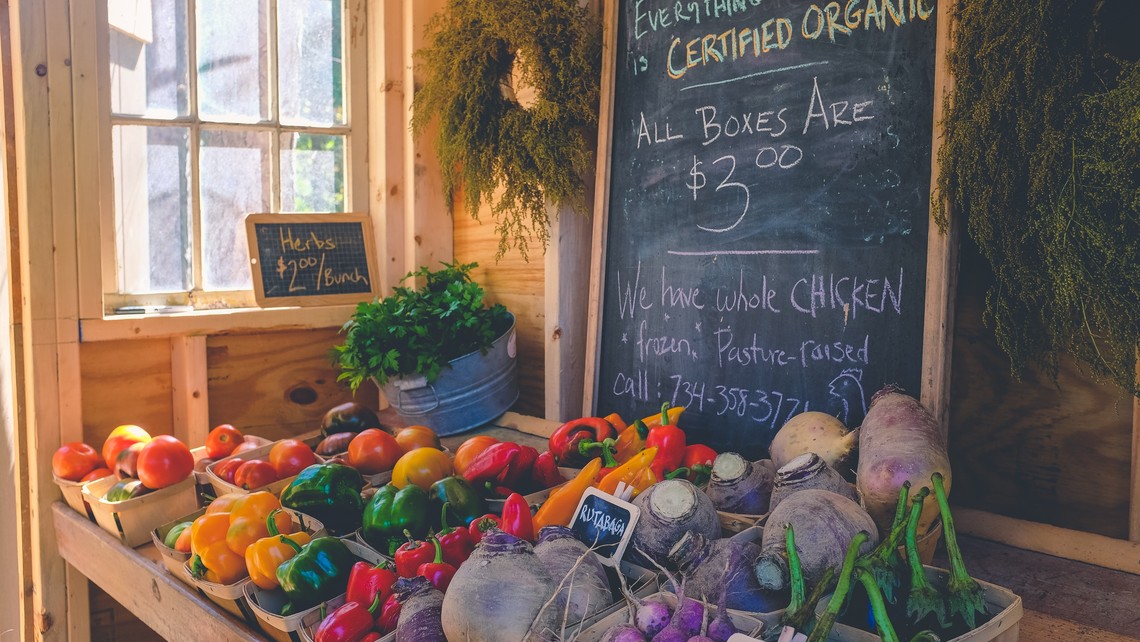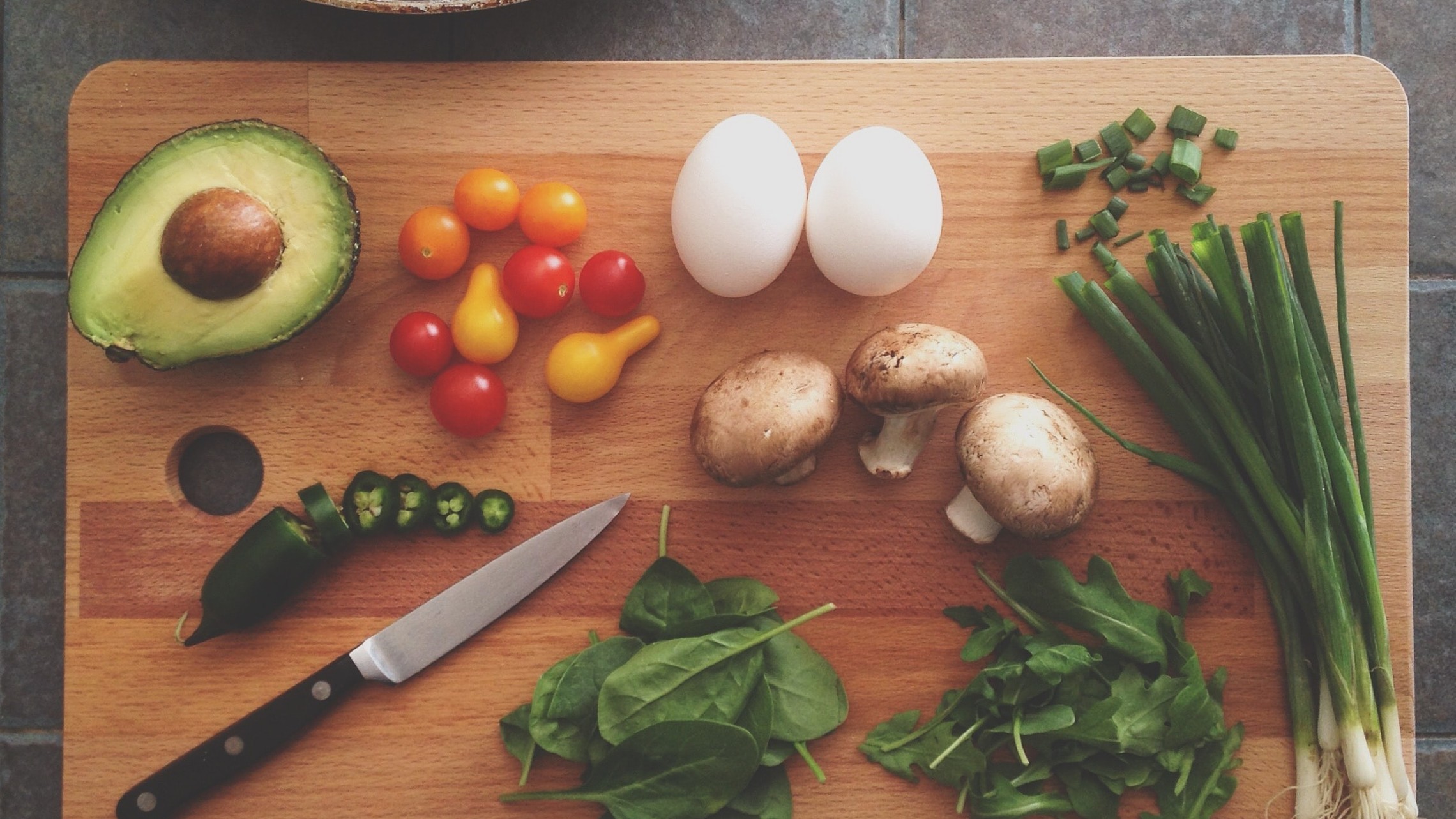Organic Food is More Than a Trend

During patient consultations, one of the first topics we broach is that of diet. We evaluate both the individual’s and the family’s nutritional choices. With our patients, we’ve discussed every diet trend from vegan to paleo to keto. One of the more common categories of questions surround organic vs. non-organic: does the consumption of organic food truly improve our health and physical wellbeing? How important is it for us to choose organic over non organic? Is “buying organic” another flashy trend? What exactly does the “organic” label entail?
According to the research team at Whole Foods Market, organic food makes up 20% of U.S. fruit and vegetable sales—this means $31 billion in yearly sales. Whether consumers are choosing organics for the environmental and sustainability benefits, or for personal health reasons, is unknown; however, it is clear that consumers are becoming increasingly aware of the advantages of organic food consumption.
The term “organic,” per the USDA National Organic Program, is designated for food or agricultural products that have been produced using cultural, biological, and mechanical practices which support the cycling of on-farm resources, promote ecological balance, and conserve biodiversity in accordance with USDA organic regulations. In short, organic food is produced without synthetic fertilizers, genetic engineering, sewage sludge, and irradiation. An organically operating farm maintains or enhances soil and water quality, and conserves wetlands, woodlands, and wildlife; therefore, technically it is the farm that is deemed “organic,” not the particular food items themselves. The purchase of organics supports these ecologically superior farms, thus promoting and supporting environmental preservation and sustainability.
The most common organic label is “USDA organic” and when looking at a label there are four distinct categories for organic products -- 100 percent organic, organic, “made with” organic ingredients, and specific organic ingredients. Mainly these categories are distinct by the percentage of the ingredients that are certified organic, namely 100%, 95%, 70%, and < 70% respectively. A more detailed breakdown of the categories can be found on the usda website.
Organic food often contains more nutrients, such as vitamin C, zinc, and iron. These additional nutrients make the food more functional in the body. Doctors, Dieticians and Nutritionists are constantly urging patients to consume more fruits & vegetables: the more color in the diet, the better. Patients who are truly striving for optimal health and long-term wellbeing for themselves and their families end up buying more organic, as it is better for the planet and healthier for the body.
Prior to the 1940’s, food was grown without synthetic pesticides. Not surprisingly, cancer rates were lower overall prior to that point in history. The correlation between pesticide exposure and cancer has been linked in numerous research studies. Toxins in general are damaging to all of the body systems and organs, so choosing organic foods protects the liver, kidneys, and digestive tract in particular, allowing them to continue their important job as your body’s filtration system.
Organic farm animals are often free range, grass fed, and raised without antibiotics. Due to the use of antibiotics on non-organic farm animals, more and more bacteria have become resistant to antibiotics. This antibiotic resistance is passed along to the consumers, resulting in the requirement of alternative medications or increased doses of antimicrobials to treat bacterial infections—and these alternative treatments may be more expensive, more toxic, or both. Organic meat and other animal products are clearly the best long-term option for health-conscious consumers.
For patients interested in organic eating—where to begin? If you are new to organic eating, start with the “Dirty Dozen.” These are the twelve crops found to contain the most pesticides. Generally it is best to make the organic choice when it comes to apples, bell pepper, blueberries, celery, cucumber, grapes, lettuce, nectarines, peaches, potatoes, spinach, and strawberries. Kale, greens, and green beans should also be on that list. All fruits and vegetables should be properly washed before consumption.
For patients concerned with the increased cost of organic eating, I highly recommend planting a garden. Tomatoes, bell peppers, onions, snap peas, and herbs are a good place to begin. YouTube is a wonderful resource for information on starting a small garden—even if you live in an apartment, where planting in coffee cans and large pots is the only option. Supplement your organic purchases with homegrown produce—you may even discover a healthy new hobby!
Organic food is more than just a trend; it has become a necessity for optimal health and disease prevention in America. The healthcare providers at Prairie Naturopathic Doctors are here to answer any questions you may have regarding organic eating, and how to incorporate this health-building choice into your lifestyle.


